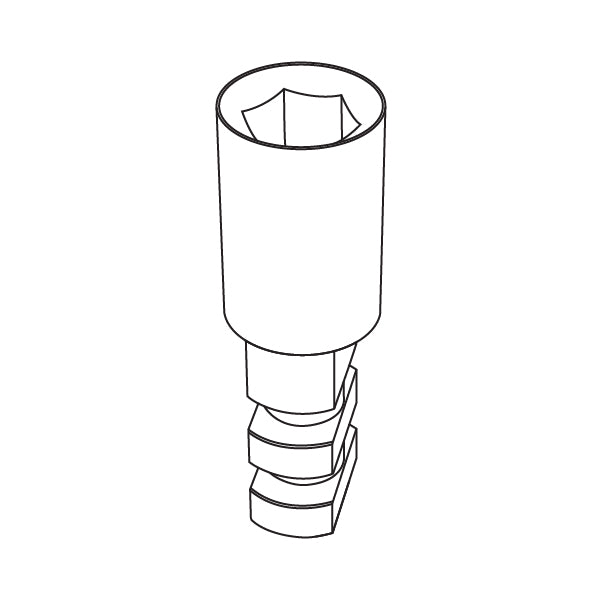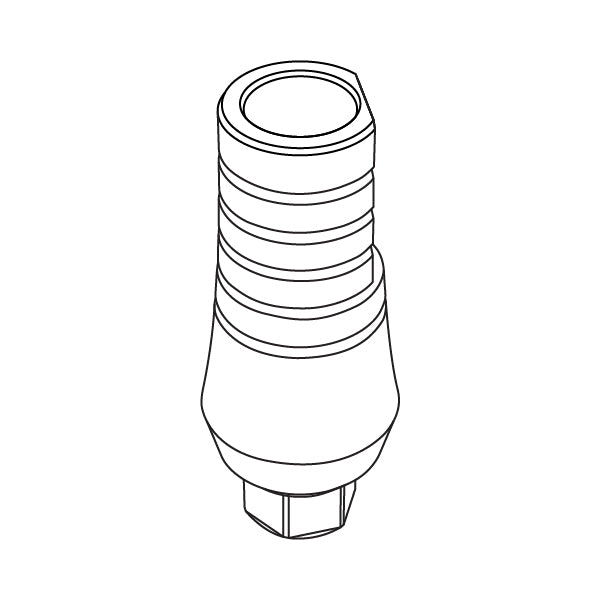Temporary abutments are indispensable in creating interim restorations. Our range includes straight abutments as well as 15° angled options, catering to a wide spectrum of clinical requirements.
Despite their temporary function, we maintain uncompromising standards of quality.
Each is meticulously crafted from premium materials such as PEEK (Polyether ether ketone) and Titanium grade 5 (TI-6AL-4V ELI), ensuring durability and compatibility with various treatment protocols.
Open Description
FAQs
GDT Implants Temporary abutments are generally used for a period ranging from a few weeks to several months, depending on the specific case and treatment plan. They serve as support for provisional restorations while the soft tissue heals, and are usually replaced once the final abutment and restoration are prepared. It's crucial to regularly monitor the temporary abutments during this period to ensure there are no complications, such as soft tissue irritation, loosening, or other issues that could impact the success of the final restoration.
Temporary abutments are not always essential for every dental implant procedure, but they play a crucial role in specific situations. They are particularly useful for shaping the soft tissue and creating an ideal emergence profile for the final restoration. Additionally, they allow for the placement of a provisional crown, which provides both aesthetic and functional benefits during the healing phase. While some cases may proceed with only a healing cap, temporary abutments offer significant advantages in achieving optimal final results.
At GDT Implants, we offer Temporary Abutments in two premium material options: Titanium Grade 5 (Ti-6Al-4V) and PEEK (Polyether Ether Ketone). Titanium Grade 5 delivers outstanding strength, durability, and biocompatibility, providing a stable, reliable connection with the implant. On the other hand, PEEK offers flexibility, light weight, and excellent tissue compatibility, making it ideal for temporary applications where ease of adjustment is crucial. Both materials are designed to support the healing process while allowing for precise customization to meet your clinical needs.
Cementing temporary abutments requires precision and the right materials. For optimal results, use a non-permanent, eugenol-free cement like GDT Implant Cement, which ensures secure retention while allowing easy removal. Clean and dry the abutment thoroughly before applying a thin layer of cement. Seat the temporary restoration with firm pressure, then immediately remove excess cement to avoid tissue irritation. Regularly monitor the restoration to ensure it stays secure and irritation-free. Using GDT Implant Cement supports a comfortable fit and promotes effective healing.





























